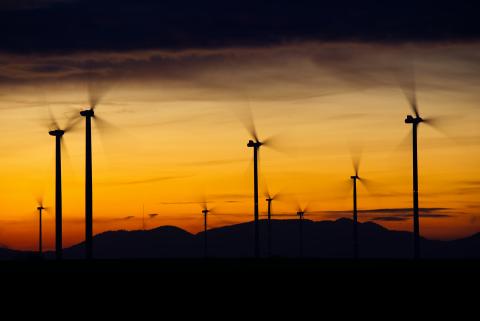As the U.S. coal industry hopes for an unlikely revival on the back of U.S. political developments, the Indonesian coal sector is riding a surge in thermal coal prices.
Confidence was high already, as evidenced by coal giants Bukit Asam and Adaro Energy joining a late-October U.S. capital market road show sponsored by the Indonesian Stock Exchange and together with six other listed companies. Their audience: 30 fund managers in New York and Boston with total assets under management worth $6.8 billion.
Might investors find rosy prospects in Indonesian coal?
The Ministry of Energy and Mineral Resources has set its November Harga Batubara Acuan, or monthly “coal price reference” at $84.89/tonne, a jump of 23 percent from October to its highest level in more than three and a half years. The price rise, which tracks back to July, has been driven largely by recent supply cuts from rivals China and India. Industry insiders, however, are skeptical that high prices will be sustained even with an expected increase in domestic demand from President Joko Widodo’s ambitious electrification-expansion program.
THE INDONESIAN COAL MINING ASSOCIATION ITSELF SEES LITTLE IN THE WAY OF PRODUCTION INCREASES OVER THE NEXT COUPLE OF YEARS, as many power plants under Widodo’s initiative won’t even go online until 2019. That program, launched in late 2014, reports significant delays already, with less than 1 percent of the 35-gigawatt goal in commercial operation, according to state-owned electricity company, Perusahaan Listrik Negara (PLN).
This has disappointed state-owned Bukit Asam, which has been preparing for the bidding of major power generation projects Sumsel 8, 9 and 10 for over a year but has been frustrated by a delay in tendering that, in turn, stems from the shelving of a transmission-lines project connecting Sumatra and Java.
And while Adaro Energy’s ambitions to go downstream into power generation have been buoyed by reaching financial close for a 2,000-megawatt coal-fired plant in central Java, that recent development comes only after a four-year delay due to land acquisition issues. The company’s plan to build 5 additional gigawatts of coal-fired capacity by 2019 will continue to face opposition from local communities and pressure from civil society organizations worried about climate change.
Such projects are also encumbered by changes in off-take risk. PLN is the sole purchaser of electricity in the country, and its past projects have been financed using non-recourse or limited-recourse means through loans from global development banks like the Japan Bank for International Cooperation (JBIC). Such reassurances may not continue for long. The expectation, increasingly is that investors will bear state-owned utility risk.
Some analysts continue to assert nonetheless that coal, at current prices, has become a cash engine and that coal-mining companies are reliable income generators. This may be true of certain coal producers, but not those in Indonesia. Notwithstanding the fact that current prices are unsustainable, Indonesian coal miners are also heavily indebted. Adaro and Bukit Asam will need to stockpile cash to nurture their power-developer ambitions. Investors banking on their dividend payments should beware.
Yulanda Chung is an IEEFA energy finance consultant.
RELATED POSTS:
IEEFA Europe: As Global Climate Pact Takes Force of Law, a Bleak Outlook for Coal-Fired Power
IEEFA Analysis: Three Timely Takeaways on 2016 Global Energy Transformation
IEEFA Update: Peabody Investors Are in for a Bumpy Ride










